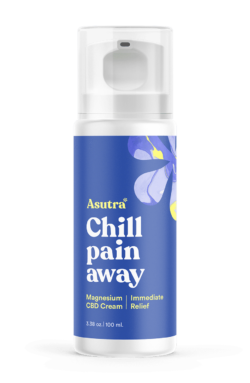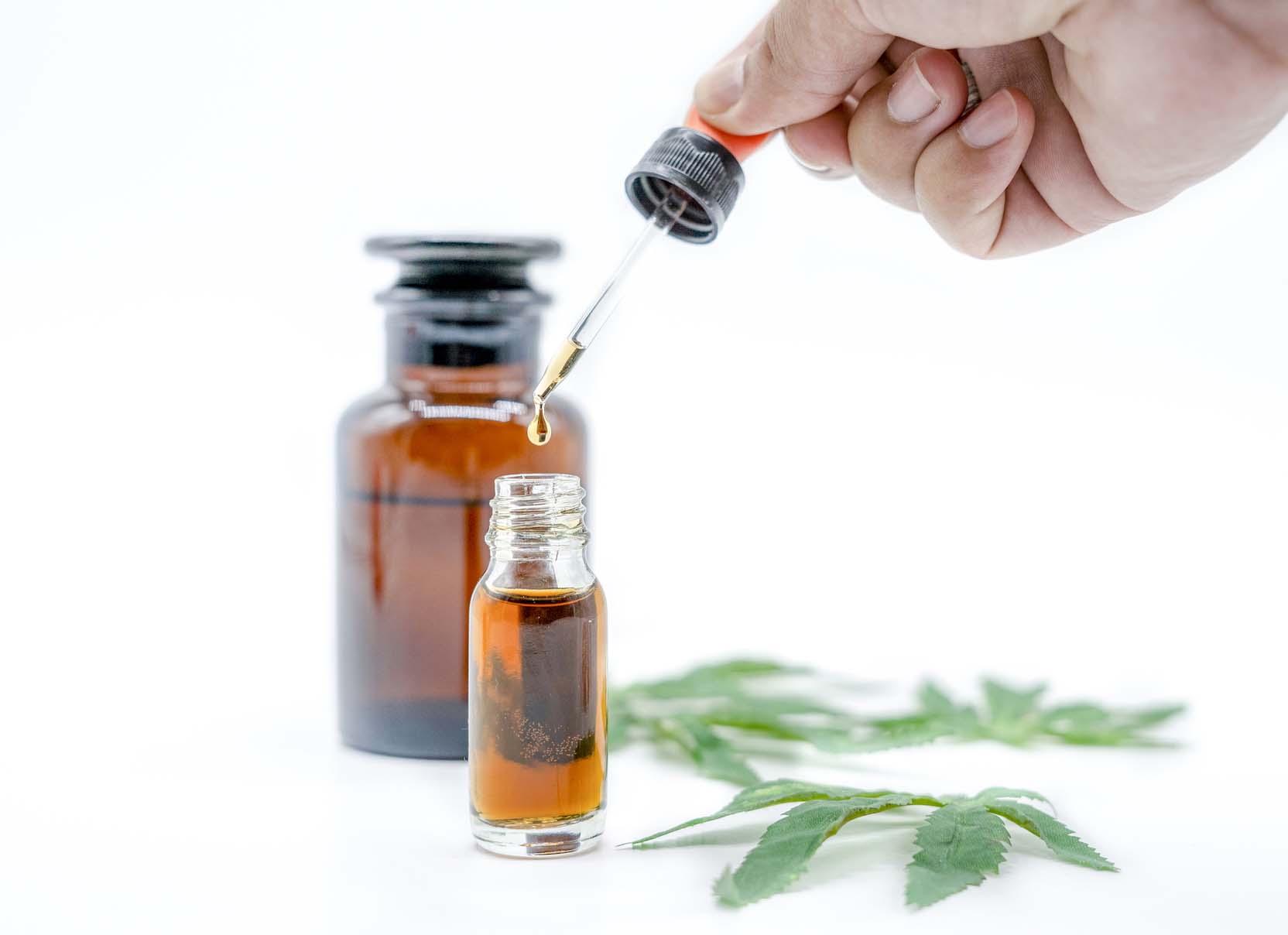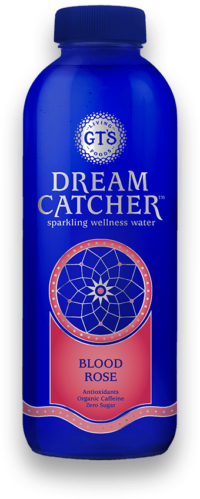GROVARA GUIDE: How to Maximize Potential of CBD Oil Benefits
CBD oil is one of the fastest-growing wellness products in the world.
Between 2018 and 2019, 50% more consumers are familiar with CBD oil, the kinder, gentler and non-intoxicating cousin of THC, which causes the high from marijuana consumption. From January to August of this year, companies who sell CBD products, most of which are geared toward providing relief for a variety of health issues like anxiety, insomnia and speech delays, more than doubled to 59%, according to Grovara partner and wellness industry data leader SPINS. Estimated growth by 2020 puts CBD supplements behind only multivitamins and probiotics in total sales in the supplement industry.
Grovara currently exports two CBD products. There’s Dream Catcher, the CBD-infused sparkling water from the kombucha kings at GT’s Living Foods. In the organic and natural self-care space, there’s Asutra, backed by tennis legend Venus Williams, and its Chill Pain Away magnesium and CBD topical cream.
CBD topicals, food and pet products are the biggest drivers of growth, but while about 70% of consumers are familiar with CBD products, only 32% have purchased products. This speaks to the conundrum facing the CBD industry today. It’s everything and nothing, and too many people — both suppliers and consumers alike — have little idea what they’re doing.
There are three stock answers you are virtually guaranteed to hear when you ask someone if they’ve heard about CBD oil:
- Oh my God it cures EVERYTHING!
We can thank essential oils for this kind of optimism. While it’s mostly parents, not science, who are their biggest cheerleaders, many find enough benefit from essential oils to continue purchasing and using them (and selling them to their friends). Science, in CBD’s case, is simply behind the curve with hemp. There are very limited studies on therapeutic CBD use, and while many cite benefit and safety, there are not enough for most doctors or pharmacists to weigh in on CBD oil benefits with patients.

What’s really going on? CBD influences the body’s endocannabinoid system and subsequently, homeostasis — or the biological balance of your body’s functions. It is CBD’s ability to regulate body temperature, pain and inflammation that makes it an effective healthcare tool. So it’s not surprising that people with a wide range of ailments are singing CBD’s praises.
- Tried it, didn’t work.
According to SPINS, nearly one-third of consumers who purchased CBD were unsure of what type they bought and 21% of those who purchased CBD were unsure of what dosage they purchased.
The directions on the bottle aren’t much help. Hemp was removed from the Controlled Substances Act as part of the U.S. Agricultural Improvement Act of 2018, and only CBD that contains less than .03% of psychoactive THC can be sold legally. But the FDA looms large, as it has not technically approved CBD for use in food or dietary supplements and has fined companies it has found to be touting CBD’s benefits in marketing.
There are three common types of CBD — full-spectrum (which contains THC up to the legal .03% limit), broad spectrum (contains other cannabinoids but 0% THC) and isolate (generally 99+% CBD and safest for drug tests). Most consumers don’t know this when they start researching what CBD product they will buy. These terms and associated language are not uniform industry-wide, and drug testing technology has not caught up with market forces and still can’t tell the difference between THC and CBD.
So it’s easy to see why nobody feels safe weighing in on dosages, and there’s no clear, industry-wide labeling guidelines, meaning different products list different metrics that can sometimes confuse math-deficient users.
While most bottles say something like “take one full dropper 2-3 times per day” the better advice seems to be dosing 1 mg of CBD per 10 pounds of body weight. So if you weigh 200 pounds, you’d want to try somewhere around 20mg each dose. Usually, it’s best to start low and slow. Start with half that and then work up 1-2 mg each day until you find your “sweet spot” of relief. Taking it subligually (under the tongue and holding it for 30 seconds) is the preferred method, but ingestion works at a lesser absorption rate and there are other products like gummies designed for maximum oral absorption. Too little or too much can also have adverse effects like headache or sleeplessness. Benefits are often subtle and sometimes take 1-3 weeks for users’ endocannabinoid systems to become activated and for the CBD to build up in their system. Also, consider what you are treating. If it’s something like seizures or serious chronic pain, more CBD might be required. Something like anxiety or insomnia might require less. Research helps.
3. You mean that snake oil everybody’s selling? No thank you.
Yes, CBD is sold by multi-level marketing outfits and at gas station convenience stores. Are there opportunists looking to cash in on the hemp gold rush? Yes. Are some prices jacked up? Yes. Are some products not actually what they say they are? Yes.
This is capitalism’s fault, not CBD’s. Like any consumer product that drives rapid, widespread adoption, CBD has seen its share of unsavory suppliers and resellers. This, of course, should not reflect poorly on those quality, industry-leading manufacturers, resellers and innovators. There are two golden rules here:
Keep your gas station purchases to fuel and snacks.
Buy only products that are third-party lab tested. Any manufacturer or reseller worth their terpenes are going to make it obvious where to find these, as they verify ingredients, impurities, and concentration levels.
Maybe your local natural food store is selling some CBD. Still, be wary as the store might not be well-versed in CBD but more interested in cashing in on consumer interest. If the package uses a silly font or amateur-sounding name, you should shop elsewhere. Buying online is your best bet, with plenty of options and available third-party lab reports to research.
Each of the three above responses, of course, don’t tell the whole story. That does not mean that there isn’t a little nugget of truth behind those common replies. Examining what’s right and wrong about these responses will give you a fighting chance to experience the kind of relief experienced by so many who try CBD.

